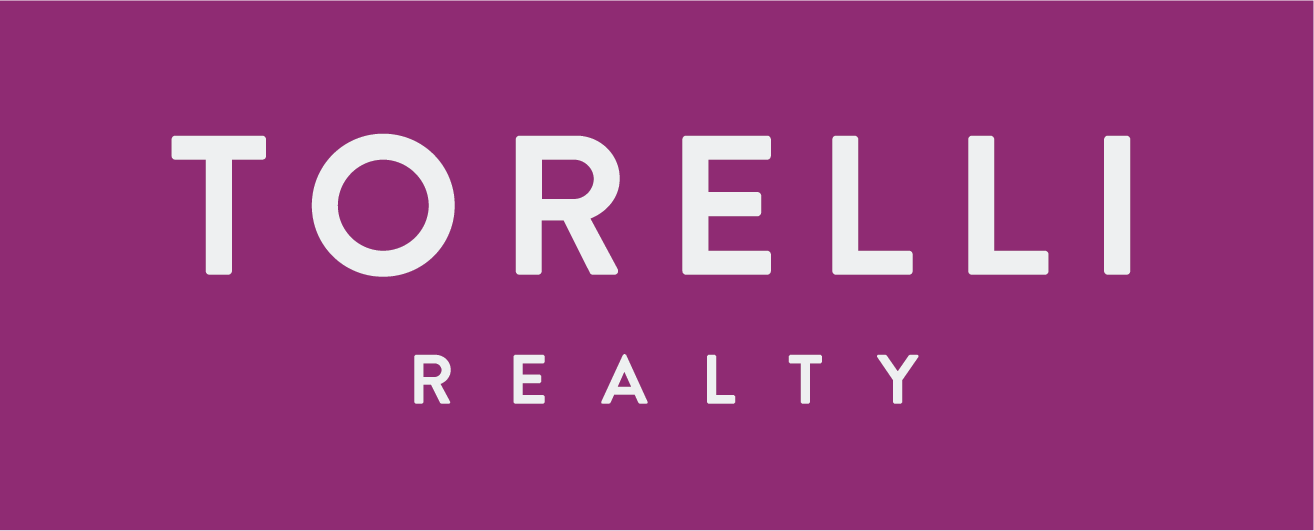How to Get your First Home Loan
Usually, a first home loan is structured around these things: creditworthiness and a down payment. The down payment includes the percentage of a home’s overall price which you have the ability to pay upfront. Various loans require various things, yet between 3% - 15% usually is standard. Many individuals meet this criteria through cautious budgeting, oftentimes over a period of years. Saving for a house almost is always a precursor to obtaining a home loan. Here are some tips on how to get your first home loan.Creditworthiness will deal with both existing debts and security of present income streams. Generally, loan officers need first home loan applicants to submit paperwork that details their financial history over a period of years. These details provide a more thorough snapshot of how applicants treat finances, and how secure the loan to them will likely be.One way to improve your odds of negotiating a beneficial home loan includes making certain that you completely understand your credit history and are able to offer correct documentation for all debts or loans you’ve incurred in the past. Evidence of your present salary or earning potential also should be brought to the loan meeting. Usually, financial institutions have methods of finding this information, yet you’ll be a more appealing as a candidate if you’re organized and upfront at the beginning.Taking a close look at your finances also will offer a better sense of how much money you’ll comfortably have the ability to place down, and how high the month-to-month loan payments may be. Many home loans are structured around thirty-year repayment plans, or even longer. Typically, a specific flat payment is needed every month until your balance is met.Usually, loan installment amounts include a factor of these things: the interest rate that is applied by the lender and the outstanding balance. Lenders will calculate interest rates based upon an applicant’s financial history and present market trends. Negotiating for a fixed interest or low interest mortgage usually is a portion of the process for a first home loan.However, your ability to pay and creditworthiness aren’t the sole parts of the equation. Usually, loan officers also will perform an inspection of the home you intend to buy to make sure it meets the institution’s standards and actually is worth the asking cost. Many loans are structured around a home as collateral, meaning that the bank is going to want to ensure that, if you default, it’d have the ability to recoup its losses.The final step is loan processing. Usually, this involves an assessment by the lender’s underwriters as well as finalization of paperwork. As you and the lender sign your loan agreement, it’ll become binding, and you’re on the road to owning property.
